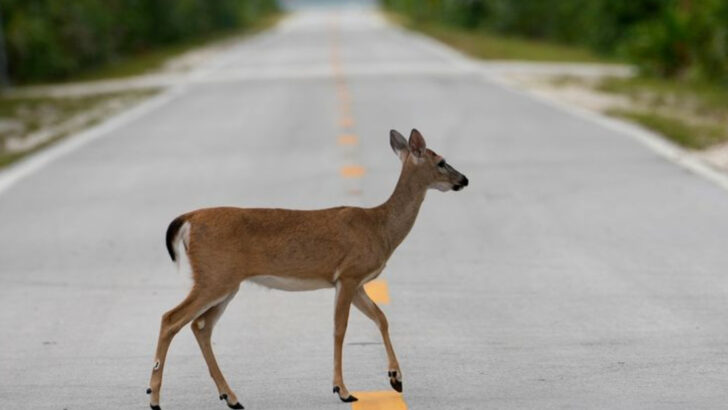They shouldn’t even exist anymore—but they do. From ghost-like woodpeckers hiding in southern swamps to sea mammals clinging to survival in remote waters, North America is still home to a cast of creatures so rare, most people will never see one in their lifetime. Some are just barely hanging on, living in tiny patches of protected land. Others were once thought extinct but have stunned scientists by returning against all odds. These aren’t your everyday animals. These are the last of their kind, survivors of human expansion, climate shifts, and centuries of close calls. Let’s find out where they’re hiding—and what it means that they’re still here.
Sierra Nevada Red Fox

Known for its striking red coat and bushy tail, the Sierra Nevada Red Fox is one of the rarest mammals in North America. With only 18 to 39 individuals remaining, this elusive fox is confined to the high elevations of California’s Lassen Volcanic National Park. It thrives in the snowy landscapes, relying on its keen sense of smell to hunt small prey. Conservation efforts focus on habitat protection and monitoring. Despite challenges, this fox’s presence in such a limited area highlights the ecological importance of preserving its habitat.
Black-Footed Ferret
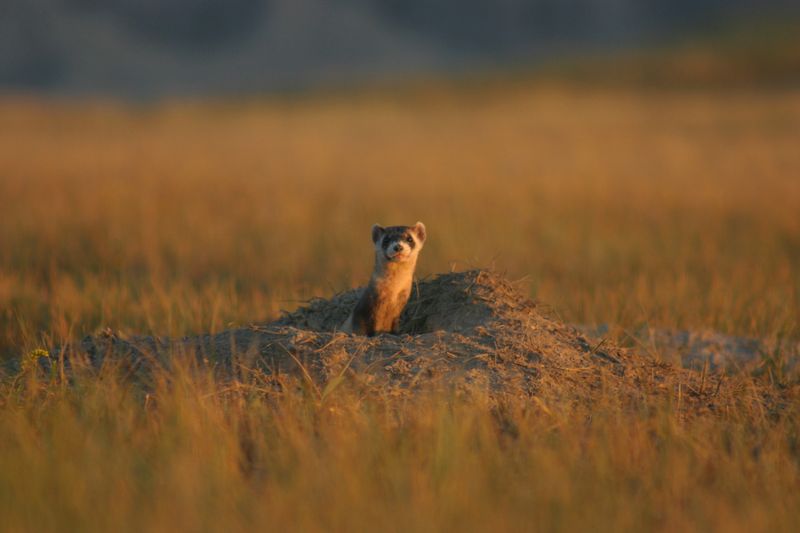
Once believed extinct, the Black-Footed Ferret’s story is one of remarkable recovery. Today, thanks to dedicated reintroduction programs and zoo breeding efforts, around 200 to 300 individuals thrive in the Great Plains, spanning Colorado, Wyoming, South Dakota, and Montana. Known for its sharp hunting skills, this ferret preys mainly on prairie dogs. Its survival underscores the importance of collaborative conservation initiatives and habitat restoration, illustrating a successful return from the brink of extinction.
Vaquita

With fewer than 10 individuals left, the Vaquita holds the title of the world’s rarest marine mammal. Inhabiting the northern Gulf of California, Mexico, this small porpoise is distinguished by its unique facial markings and shy nature. Threatened by illegal fishing activities, particularly gillnets, conservationists are in a race against time to save this species. The Vaquita symbolizes the urgent need for international cooperation in marine conservation to prevent further loss.
Red Wolf

The Red Wolf is a symbol of resilience, with only about 17 to 20 wild individuals remaining. Confined to North Carolina’s Alligator River National Wildlife Refuge, these wolves are part of a critical rewilding effort. Their reddish-gray fur and haunting howl are distinctive features. Once widespread, their decline due to habitat loss and hunting highlights significant conservation challenges. Efforts to protect and expand their territory are crucial for their survival, representing a beacon of hope for endangered species.
Mexican Wolf
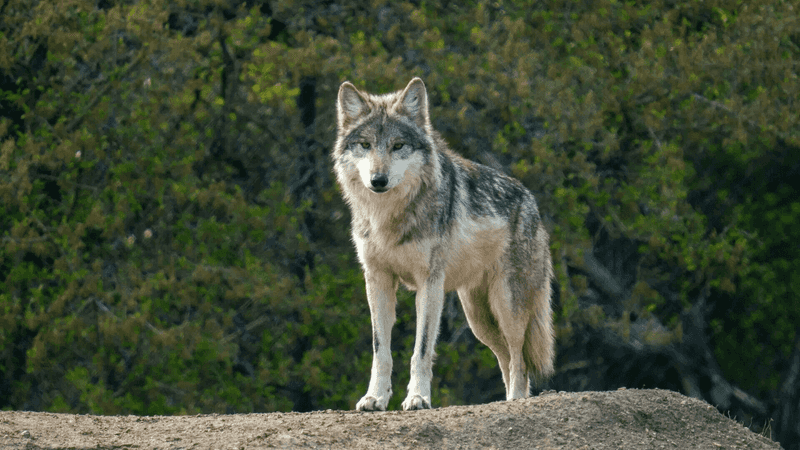
The Mexican Wolf, an endangered subspecies, currently roams the southwestern United States, with efforts focused on Arizona and New Mexico. As one of the smallest gray wolf subspecies, it’s known for its social structure and cooperative hunting techniques. Rewilding programs aim to bolster their numbers, emphasizing the importance of predator-prey balance in ecosystems. Despite challenges such as habitat encroachment, the Mexican Wolf remains a symbol of the wild spirit of the West.
Florida Black Bear

The Florida Black Bear, with an estimated population of 1,600 to 3,000, is found in the remote forests of Florida, Georgia, and Alabama. Known for its adaptability, this bear forages for a variety of foods, including fruits and small mammals. Despite urbanization challenges, its population is slowly rebounding thanks to conservation efforts focused on habitat preservation and reducing human-wildlife conflicts. The Florida Black Bear’s story is one of coexistence and adaptation in an ever-changing environment.
Louisiana Black Bear
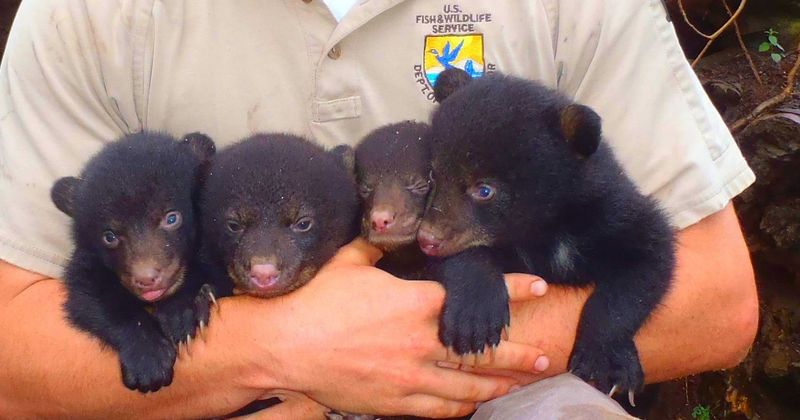
The Louisiana Black Bear, a subspecies of the American Black Bear, inhabits the swampy woodlands of eastern Texas, southern Mississippi, and Louisiana. With an estimated population of 500 to 700, this bear is slowly recovering from near extinction. Known for its strong swimming abilities and keen sense of smell, it plays a vital role in its ecosystem. Conservation efforts, including habitat restoration and legal protection, aim to ensure its continued resurgence and highlight the complex relationship between humans and wildlife.
Key Deer
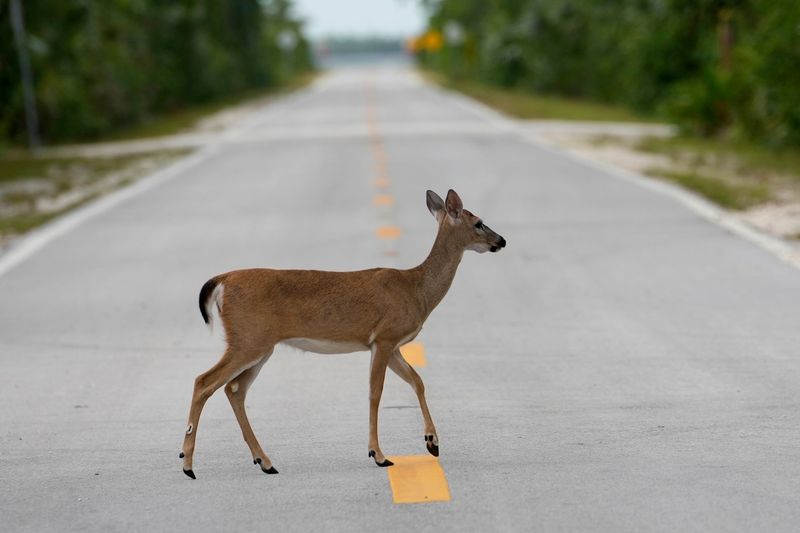
The Key Deer, a tiny subspecies of white-tailed deer, is native to the Florida Keys. With around 800 individuals remaining, these deer are known for their diminutive size and gentle demeanor. Adapted to island life, they face threats from habitat loss and vehicle collisions. Conservation efforts focus on protecting their unique habitat and reducing human impact. The Key Deer’s survival is a testament to the importance of preserving biodiversity in fragile island ecosystems.
California Condor
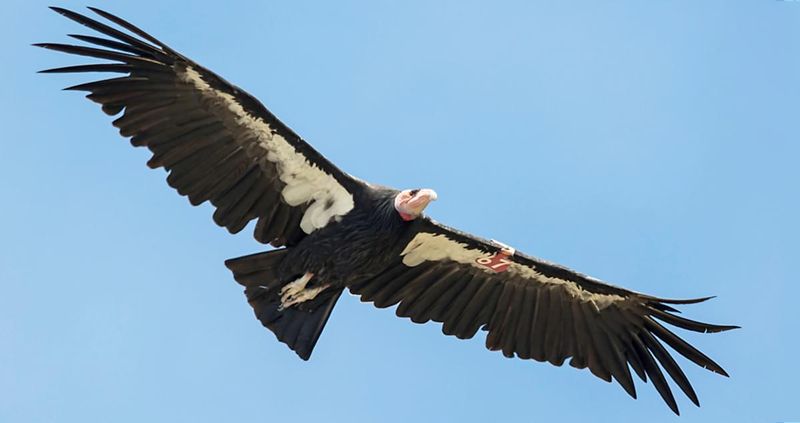
One of North America’s rarest birds, the California Condor, has approximately 561 individuals in the wild. Found in southern California, Arizona, and Utah, these vultures are known for their impressive wingspan and scavenging lifestyle. Captive breeding programs have been instrumental in their recovery from the brink of extinction. Despite challenges such as lead poisoning, the condor’s story is a powerful example of successful wildlife conservation and the critical role of human intervention in species recovery.
Imperial Woodpecker
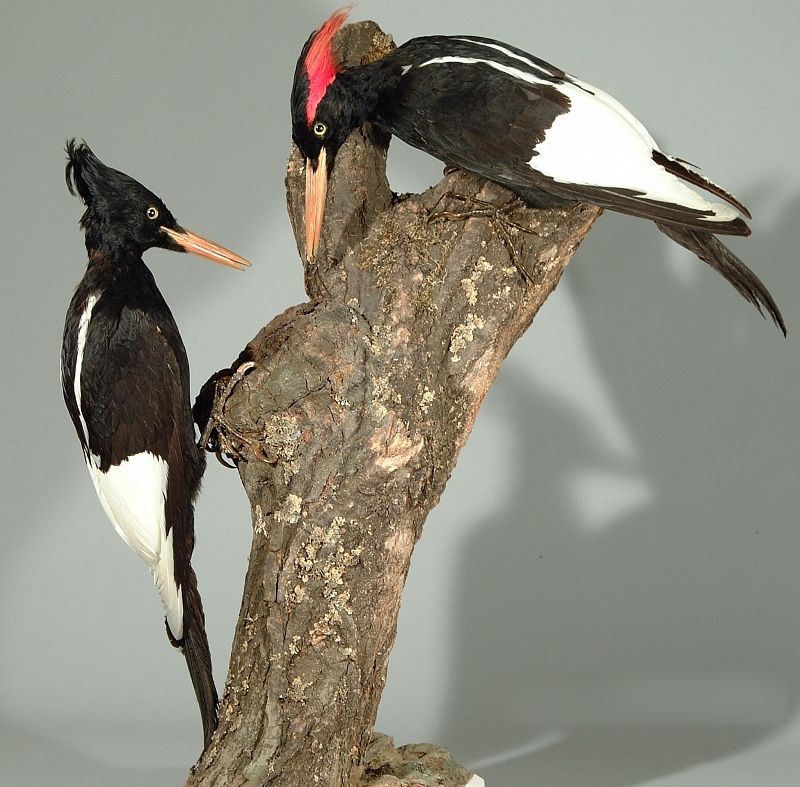
Critically endangered, the Imperial Woodpecker has not been seen since 1956 in Mexico, leaving its survival uncertain. As the largest woodpecker in the world, its striking appearance and powerful drumming once echoed through dense forests. Efforts to locate surviving individuals continue, fueled by hope and the allure of rediscovering lost species. This bird’s story underscores the continual mystery and challenge of conservation in remote and often inaccessible habitats.
Hawksbill Sea Turtle

The critically endangered Hawksbill Sea Turtle nests in U.S. territories such as the Virgin Islands. Known for its beautiful, patterned shell and pointed beak, it plays a crucial role in maintaining healthy coral reefs. With populations down by approximately 80%, conservation efforts focus on protecting nesting sites and reducing illegal trade. The Hawksbill’s plight highlights the broader challenges faced by marine life and the urgent need for comprehensive ocean conservation strategies.
Loggerhead Sea Turtle
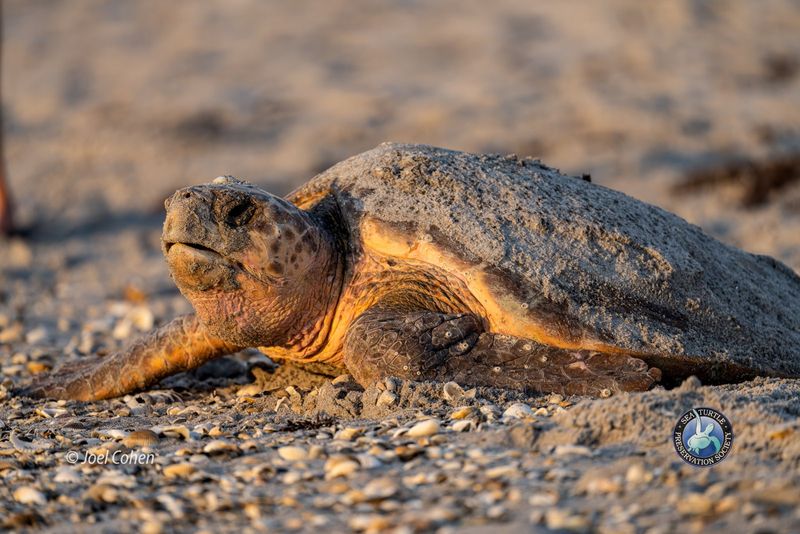
Endangered yet resilient, the Loggerhead Sea Turtle sees over 100,000 nests on the coastlines of Florida, South Carolina, North Carolina, and Alabama each year. Its large head and powerful jaws are adapted for crushing hard-shelled prey. Nesting females return to the beaches where they were born, illustrating the remarkable navigation abilities of marine turtles. Ongoing conservation initiatives focus on protecting nesting sites and mitigating human impact, ensuring that these ancient mariners continue to grace our oceans.
Ivory-Billed Woodpecker

Possibly extinct, the Ivory-Billed Woodpecker last had a confirmed sighting in 1987, leaving behind a legacy of mystery. Known for its striking black and white plumage and distinct call, it once inhabited the swamps of the Southeast. Sporadic reports fuel hope of its existence, symbolizing the enduring allure of undiscovered wildlife. Conservationists strive to protect remaining habitats, reflecting the delicate balance between human development and nature preservation.
Eskimo Curlew

The Eskimo Curlew, critically endangered or possibly extinct, was last confirmed in 1962 in Texas. This once-abundant migratory bird, with its distinctive curved beak and swift flight, captured the imagination of birdwatchers. Habitat destruction and overhunting contributed to its decline. Today, efforts focus on preserving migratory corridors and raising awareness about the importance of protecting avian diversity. The Eskimo Curlew’s story is a poignant reminder of the fragility of nature.
Pygmy Raccoon
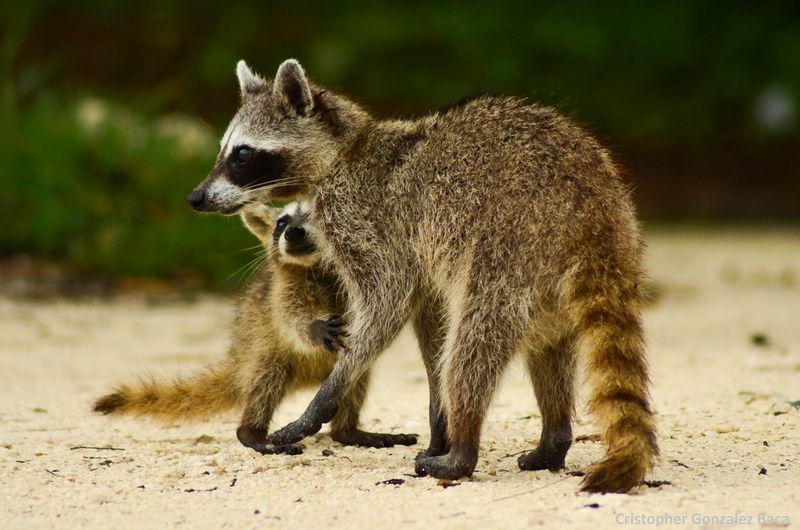
The critically endangered Pygmy Raccoon inhabits Cozumel Island, Mexico, with a population of around 250 to 300 individuals. Notable for its small size and unique facial markings, it plays a vital role in the island’s ecosystem. Facing threats from habitat loss and introduced species, conservation efforts aim to protect its habitat and maintain ecological balance. The Pygmy Raccoon’s story highlights the unique challenges of island conservation and the need for targeted action to preserve vulnerable species.
Mexican Prairie Dog
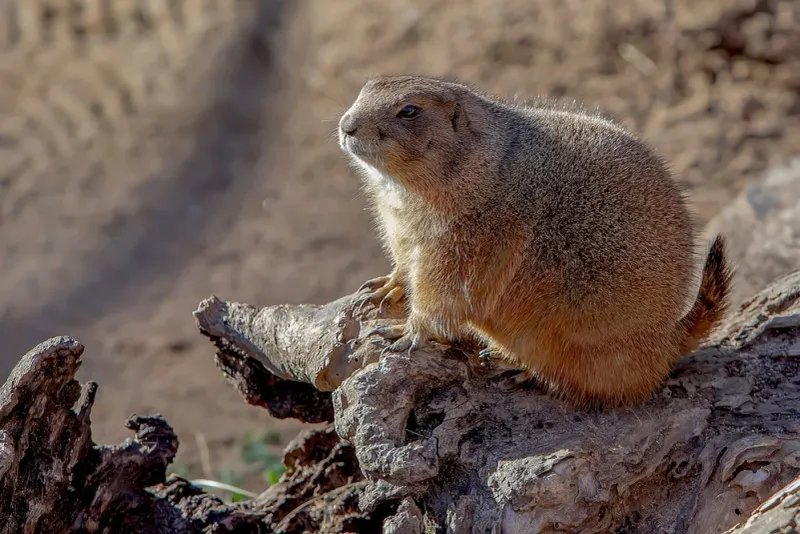
Endangered and confined to northern Mexico, the Mexican Prairie Dog numbers fewer than 250 individuals. Known for its social colonies and complex communication, this prairie dog is a crucial part of grassland ecosystems. Habitat destruction and human encroachment pose significant threats. Conservation efforts focus on habitat restoration and legal protection, emphasizing the importance of preserving biodiversity in arid landscapes. The Mexican Prairie Dog’s decline serves as a call to action for sustainable land management.

